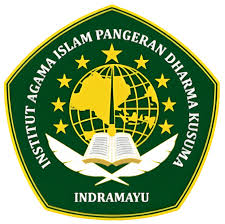Implementasi Komunikasi dan Human Relation Kepemimpinan Pendidikan di Sekolah Tinggi Agama Islam Pangeran Dharma Kusuma Segeran Indramayu
DOI:
https://doi.org/10.55656/kisj.v1i1.118Keywords:
Communication; Human Relations; Education.Abstract
Humans in their lives always need other people, because apart from being individual creatures, humans are also social creatures. As individual creatures, they are able to develop themselves, while as social creatures, humans in their lives are gifted with the ability to interact. One effective forum for mutual interaction is an organization. In an organization, interaction will certainly occur, one of which is through communication. This aims to achieve the goals to be achieved. Communication is a basic human need, and is an important element in the success of an organization. In educational organizations, for example, they cannot function without communication support. Because, how is it possible to educate humans without communication, and teach humans without communication. In general, educational leadership plays a very important role in directing and moving educational organizations to achieve the expected goals. The various roles that must be carried out by a leader are impossible to realize without communication. The nature of an organization really depends on how the personnel in the organization communicate. The better the quality of communication, the better the quality of the organization. An important aspect of communication is the potential of communication itself as a tool that management can design to achieve organizational goals. The importance of communication can also be seen from the benefits for the organization including the functions of control, motivation, emotional disclosure and providing information for decision making.








